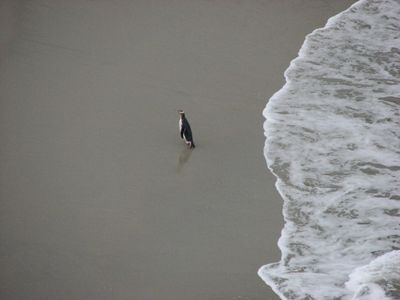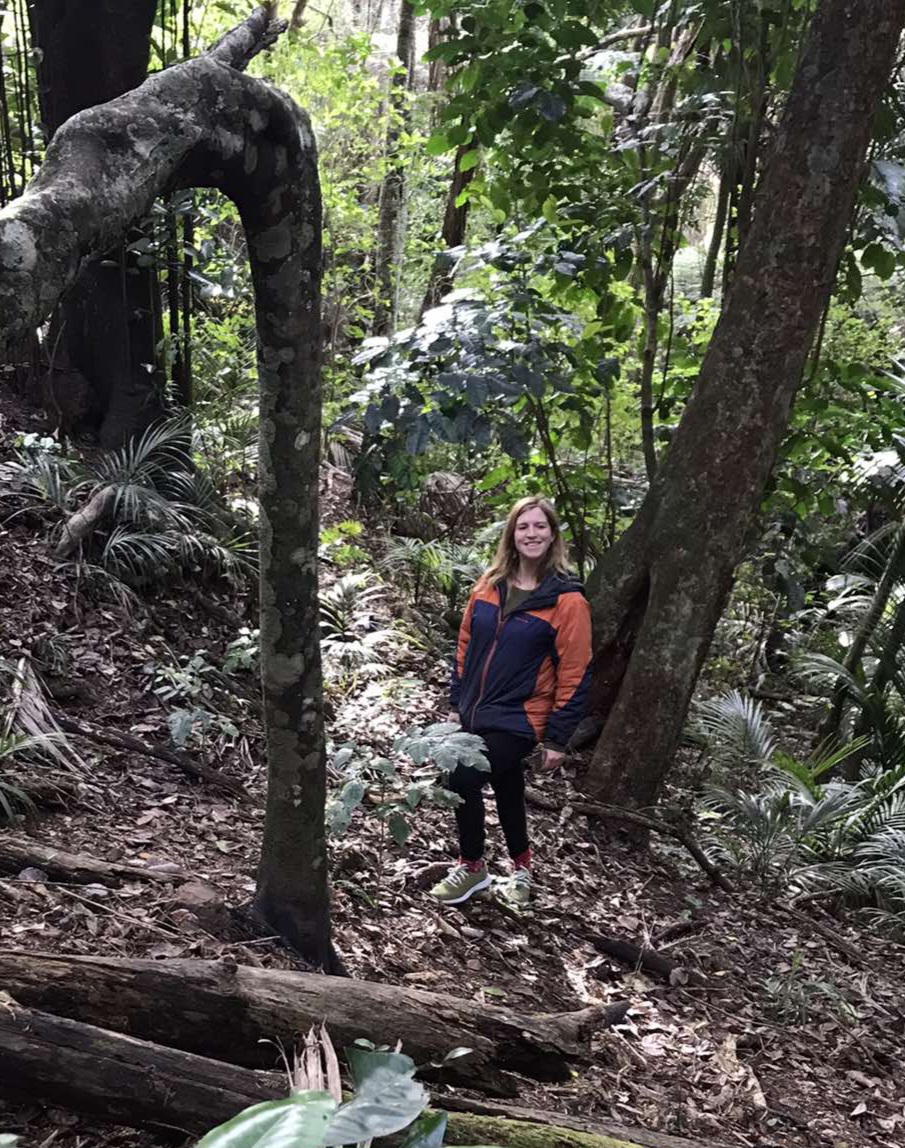
News
The changing diet of hoiho and the impact
Friday 01 August, 2025
The changing diet of hoiho and the impact
Chair of the Yellow-eyed Penguin Trust, Eiren Sweetman is a postdoctoral fellow in the Department of Microbiology and Immunology at University of Otago. She shares her ongoing research into how fisheries, and other changes at sea, have altered hoiho diet and whether that makes hoiho more vulnerable to disease.
There are some key factors behind the dramatic decline of hoiho numbers, that we know of. The northern population faces numerous challenges, including an increasing number of diseases such as Diphtheritic Stomatitis, Respiratory Distress Syndrome and Metabolic Bone Disease. Predation and human interference on land and at sea, and increased predation pressures at sea combined with climate change causing increased surface water temperatures all add to the picture.
Tied to this, recent research by Dr Mel Young and collaborators has indicated a major change in diet has occurred over the last 30 years. In the 1980s hoiho fed largely on small oily fish species such as sprat, immature red cod and āhuru. Now, on the mainland, blue cod seems to make up the majority of their diet. Starvation events of adults (during moulting) and chicks (during the breeding season) have become regular occurrences on the mainland.
In contrast, the southern hoiho population in the sub-Antarctics has been presumed to be the stable stronghold for the species. However, this population has been chronically understudied, and as a consequence the challenges this population may face are poorly understood.
During Dr Mel Young’s PhD at the University of Otago, she diligently collected penguin poo off the ground at nesting sites, fresh from the birds themselves as GPS trackers and health assessments were carried out, and occasionally off of the faces and clothing of herself and other volunteers. Almost one thousand individual hoiho faecal samples were collected from all of the known breeding locations of the northern and southern sub-populations over an eight-year period between 2017 and 2024. The poo samples then sat in cold storage waiting for someone with funding and the enthusiasm to work with hundreds of pungent poo pottles to appear. This is where I appear – first as a keen volunteer for Mel back in 2012 when she was the hoiho ranger for DOC and now as a researcher eager to use my science PhD to contribute to the effort to save hoiho.
I joined Professor Jemma Geoghegan’s research team at the very end of 2023 as a Postdoctoral Fellow with funding from DOC’s Marine Conservation Service’s Programme to try and answer the question of what impact human fishing practices, and other changes at sea, may have had in altering hoiho feeding habits and prey availability. Our theory is that the loss of important prey species is playing a crucial role in increased disease vulnerability in the northern population; affecting their gut microbiome diversity, and consequently, their immune development, ability to resist disease and impacting their overall health. Not to mention a reduced diet and the potential overlap in target prey species between hoiho and fisheries may be a significant factor in the frequent starvation events we have seen in recent years.
At present, DNA has been extracted from all of the poo (some did not quite have enough material to recover sufficient DNA for analysis). DNA was then grouped by the year collected, the location and the life stage (for the northern subpopulation) or by individual birds (for the southern subpopulation) for ease of analysis. The grouped DNA samples were then sent overseas for metagenomic sequencing, which will enable us to detect and identify DNA from prey species in the poo, as well as the most abundant gut microbes from the birds themselves.
Once I return from maternity leave, I will be getting stuck into the sequencing data itself to determine the dietary composition in the northern and southern hoiho populations, characterise their microbiomes, and then make an assessment of the links between diet, microbiome and disease prevalence over time and across both subpopulations. The results from this research will help inform our future conservation management approaches to ensure the continued survival and revival of hoiho across their entire range. I am looking forward to updating you all with our findings, in the near future.


